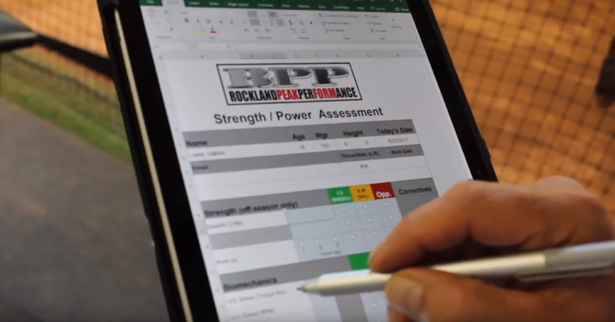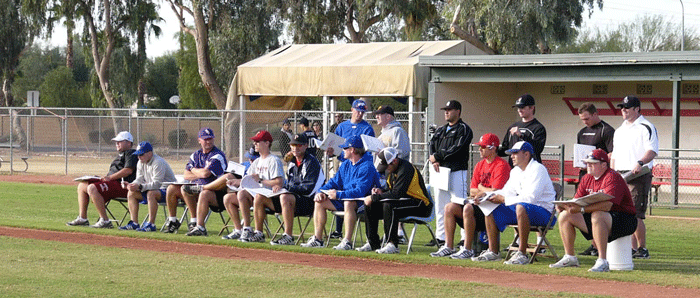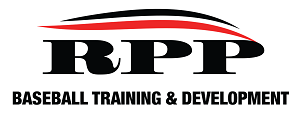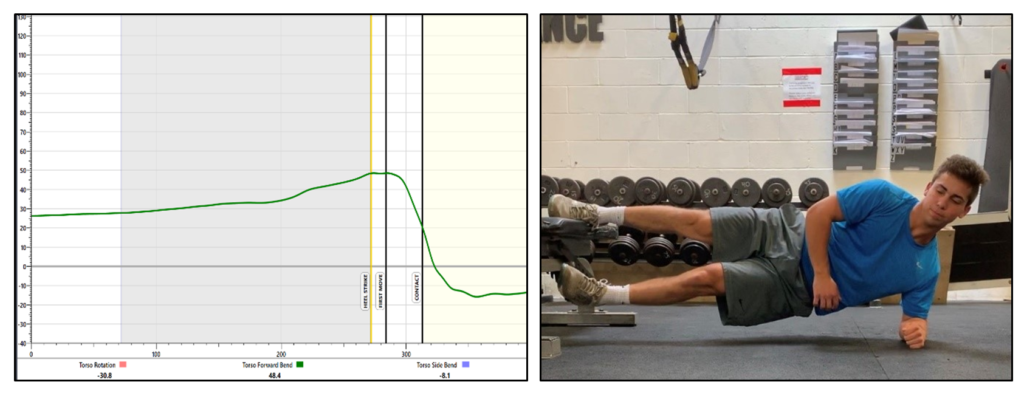
In my previous internship before RPP, part of my responsibilities included watching Minor League baseball games. After my first few games, I noticed a recurring trend, every player wore a Blast Motion Baseball sensor during the game. As I saw more organizations’ Minor League teams, not all had their players wear the sensors; however, the idea behind it was simple, data collection.
At RPP, we use Blast Motion sensors for the same purpose, and this allows us to help identify and develop athletes’ inefficiencies. The only difference is we do not have the ability to collect data from athletes’ in-game at-bats. Therefore, we collect data from batting practice at our facility and are still able to get a good picture of what an athlete does well, and what they struggle with.
Continue reading “Blast Motion Baseball Metrics, Rotation, Angles and Power”










